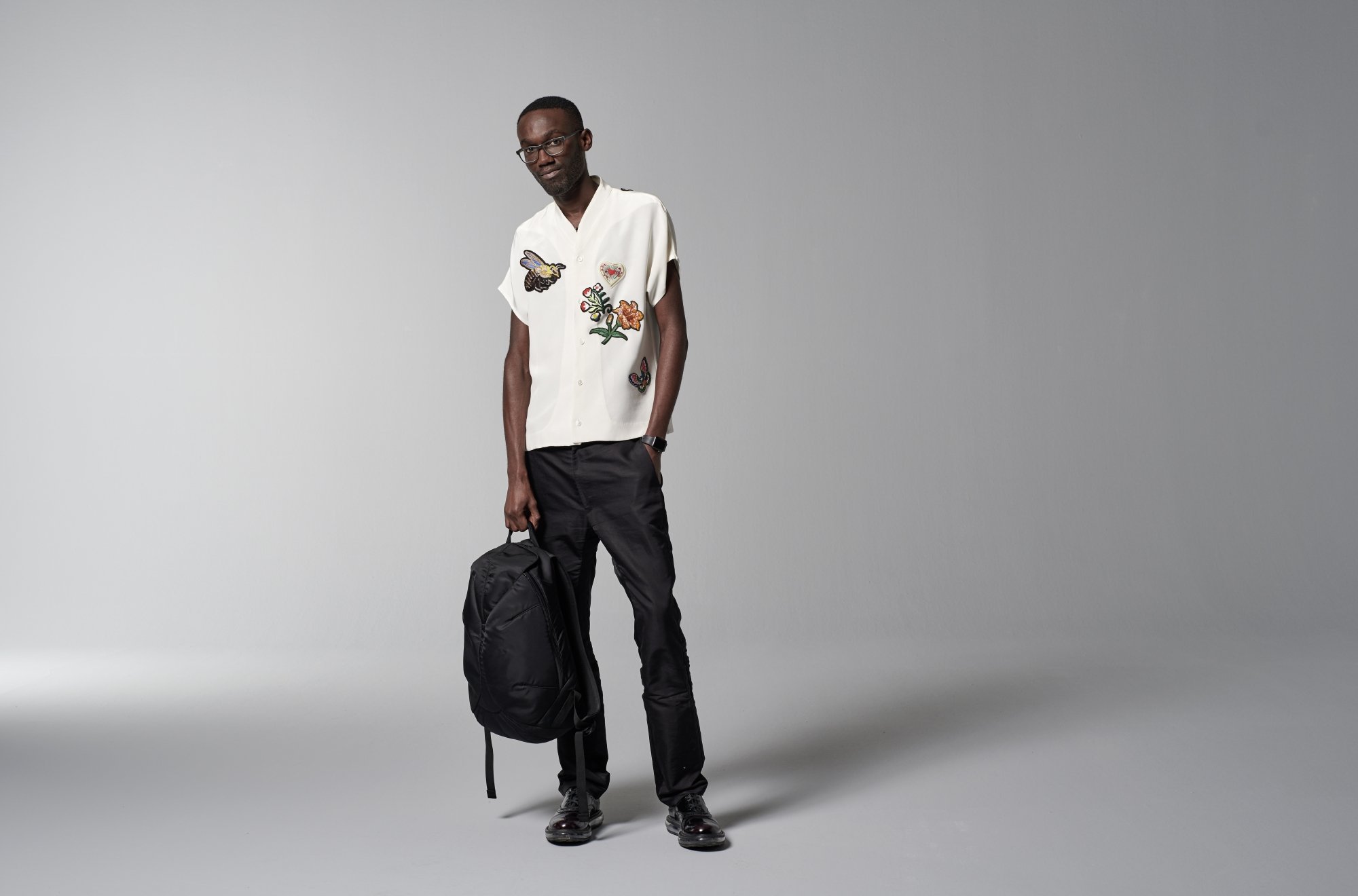
VIENNA, November 21, 2018 – Wolfgang Langeder has developed an alarm-secured backpack in his startup. The app-controlled system goes beyond pure distance measurement and alerts the owner already when the flap is opened. Now the backpack is ready for the market. The launch is scheduled for spring 2019.
Skarabeos, the name of the startup, was founded in 2015 by Wolfgang Langeder in the wearable technology sector. Also in the team: The researchers from the Berlin research institute Fraunhofer IZM, Christian Dils and Manuel Seckel. Their alarm-secured backpack is to be protected against theft and unintentional forgetting by means of an app. Langeder: “When travelling and on public transport, mobile electronic devices are particularly at risk. If a smartphone, tablet or laptop is stolen or lost, it is not only the physical value that is at stake but also the data stored on it.”
Smartphone
The programming of the app comprises three basic functions: The alarm is triggered in the event of pickpocketing, theft of the entire rucksack or forgetting the rucksack. These three functions can be activated individually or in combination.
The functions were defined via hardware by the researchers at the Fraunhofer IZM research institute. The electronics – printed circuit board and two double A batteries – were placed in a 7x5x2 box. The software was developed by the mobile app specialist Evenly in Berlin. The focus was on aesthetics, reliability and usability. The app can be controlled via Smartphone and Smartwatch and is currently available for IoS (Apple). The Android version, as well as further security functions and services, are planned.
Triggering the alarm
Several problems had to be solved before marketability could be achieved:
– a stable placement of the electronics box to counteract false triggers;
– the concept for triggering the alarm;
– the recording of the processes running in real use for programming the app;
– the determination of the interaction between backpack and app.
Existing alarm security systems for bags or luggage are based on distance measurement and alert the owner as soon as the object is further away than intended from the owner or smartphone. Distance measurement is also part of the Skarabeos system. A new feature is the alarm trigger when the backpack flap is lifted. The closing flap can be closed with a magnetic lock. Removing it more than 1.5 centimetres from the rucksack will activate the alarm.
Technology and sustainability
Development, as well as product and field tests have now been completed. Now the focus is on the sustainable design of the rucksack. “Sustainability is just as important as technology. The two areas will influence each other,” says Langeder. He has recently carried out intensive research on the subject.
“Minerals are needed to manufacture the printed circuit boards, but in the area of hardware hardly anyone is asking the question,” says Langeder. The energy consumption of wearables also has an impact on the environment. Which is why low energy consumption is the goal. The batteries of the Skarabeos alarm fuse are long-lasting and run for a year, Langeder promises.
Even the textile part of the rucksack cannot be designed sustainably without problems. The outer fabric must be solid and waterproof. The best solution available for the time being is recycled polyester. Fully recycled water-repellent membranes are not yet available. To date, only 20 per cent of the membranes has been recycled.
Intelligent cycling jacket
Skarabeos is already Langeder’s second Wearable project. In 2012, he developed an intelligent bicycle jacket under the Utope label that provides improved visibility and safety in the dark. The electronic system is based on stretchables; these are flexible electronic systems that can be stretched and crumpled and are compatible with the properties of textiles. Sporty Supaheroe, the name of the jacket, works with integrated sensors.
UTOPE Sporty Supaheroe 2013 from Utope/ Wolfgang Langeder on Vimeo.
These react to body movements of the wearer and activate LEDs. Energy is supplied by a rechargeable battery. The jacket did not go into series production. The system has been implemented in a number of collaborations with industry.
Langeder studied history and fashion at the University of Vienna. After his studies, he founded his own fashion label and presented at Fashion Week in Paris. When he met three researchers from the Berlin research institute Fraunhofer IZM at an ARS Electronica conference in Linz in 2009, he switched to the wearable technology sector.
